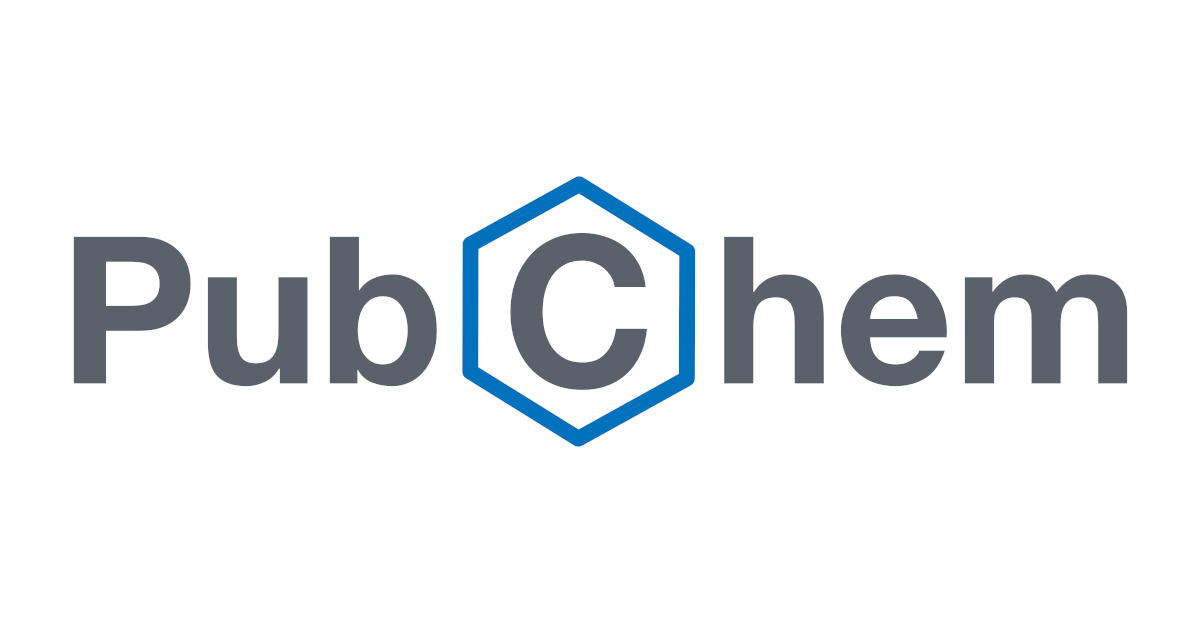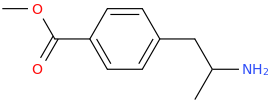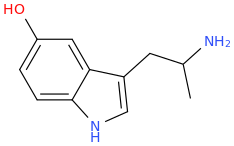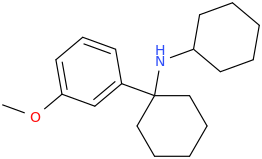If you followed the patents, the MOST potent is 1-[(3S,4S)-3-methyl-4-(thiophen-2-yl)thian-4-yl]piperidine which has sub-nM affinity.
Don't confuse affinity and activity. a drug can be anywhere from a superagonist to an antagonist, That said, Ralf Helm has already explored the phenylpiperidine class and produced some very potent 5HT2a agonists,
A good lesson is to read what has already been done. If you draw something and copy it's SMILES definition into PubChem, if it's known, it spits out the papers and patents.
Almost everything that SEEMS obvious will also seem obvious to a researcher...who has a lab.
Yes in-silico design is possible, but you need ChemOffice and access to Reaxys at least.
The former I was gifted, the latter... I know people at Imperial Collage (who have unlimited Reaxys searches)
TBH read all of the papers and patents you can find. We added a thread that is called '
Useful neuroscience/pharmacology threads'
and it has books, papers and articles. Hundreds of them. And those were chosen carefully. No fat. It's ALL useful.
No point in re-inventing the wheel. LOOK at how researchers work by finding the original patent of a drug:
I use a Japanese language site but their is a cheat: I google 'drugfuture.com chlorodiazepoxie' (if I want the chlorodiazepoxide papers and patents and returns them in English thus:
Then you use Google Patents, it will tell you all later patents that reference the one you are reading so you can quickly see how a class was developed,
PubChem sometimes doesn't have as much but it might be easier for you.
PubChem is the world's largest collection of freely accessible chemical information. Search chemicals by name, molecular formula, structure, and other identifiers. Find chemical and physical properties, biological activities, safety and toxicity information, patents, literature citations and more.

pubchem.ncbi.nlm.nih.gov
But either way - look at each of the classes of commonly abused drugs. You will soon see how it all works.
.




